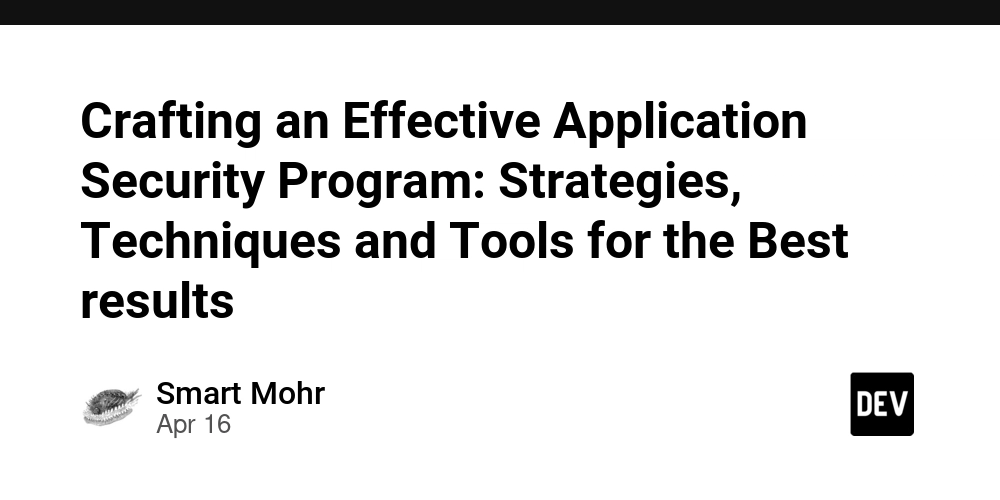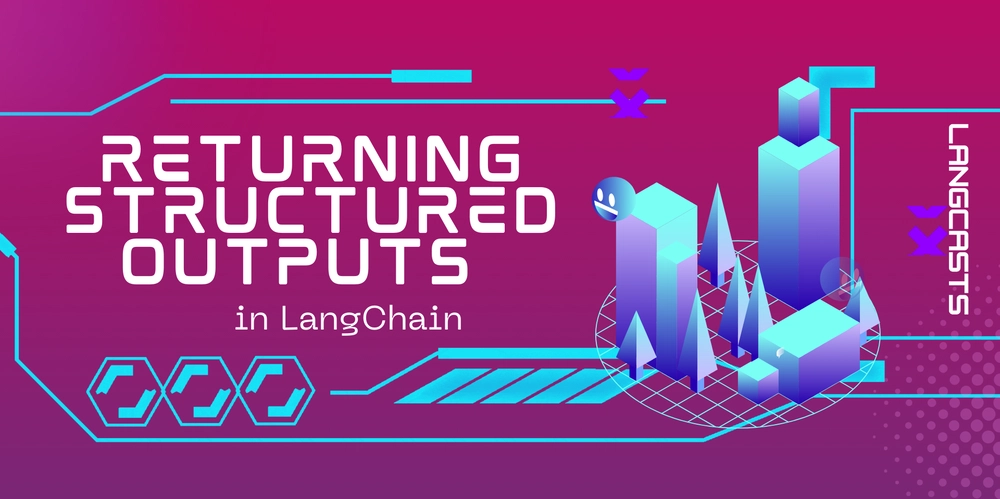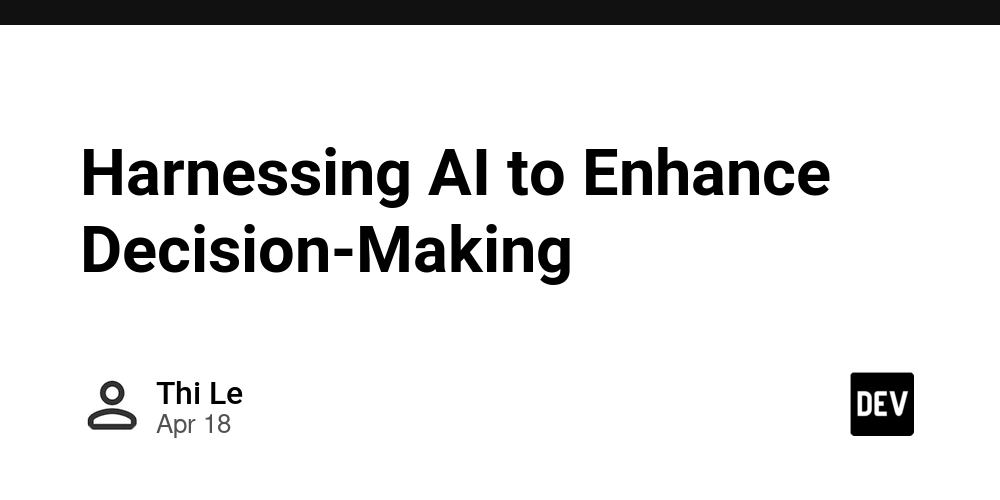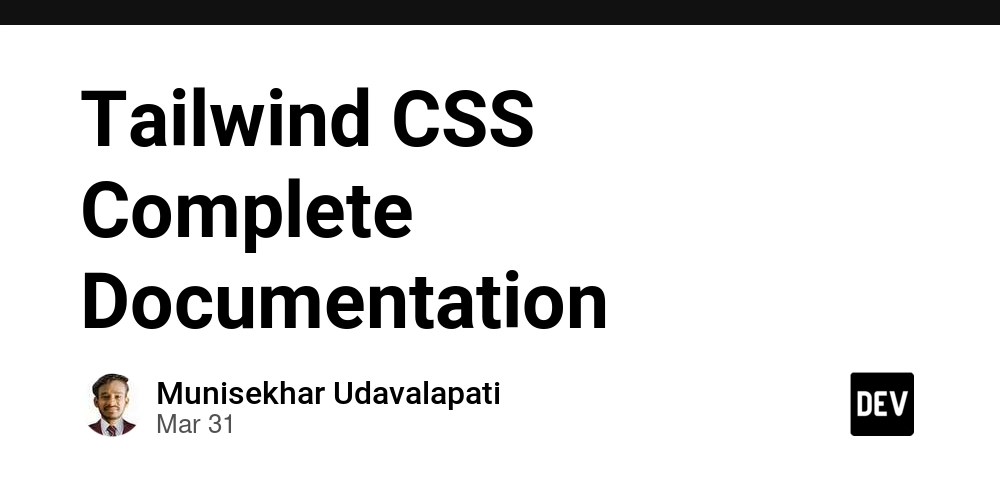Crafting an Effective Application Security Program: Strategies, Techniques and Tools for the Best results
AppSec is a multi-faceted, comprehensive approach that goes well beyond the simple vulnerability scan and remediation. A holistic, proactive approach is needed to incorporate security into all stages of development. The constantly evolving threat landscape and increasing complexity of software architectures is driving the necessity for a proactive, comprehensive approach. This comprehensive guide outlines the most important elements, best practices, and cutting-edge technology that help to create a highly-effective AppSec programme. It empowers companies to increase the security of their software assets, minimize the risk of attacks and create a security-first culture. The underlying principle of the success of an AppSec program is an important shift in perspective that sees security as an integral aspect of the development process rather than a thoughtless or separate project. This paradigm shift requires close cooperation between developers, security, operations, and the rest of the personnel. It breaks down silos and creates a sense of shared responsibility, and promotes an open approach to the security of software that are created, deployed or manage. In embracing an DevSecOps approach, companies can integrate security into the fabric of their development workflows making sure security considerations are considered from the initial stages of ideation and design until deployment and continuous maintenance. A key element of this collaboration is the creation of clear security guidelines as well as standards and guidelines that provide a framework for secure coding practices risk modeling, and vulnerability management. The policies must be based on industry standard practices, including the OWASP Top Ten, NIST guidelines, as well as the CWE (Common Weakness Enumeration), while also taking into account the unique requirements and risk profile of the specific application and business context. These policies can be written down and made accessible to all interested parties, so that organizations can have a uniform, standardized security process across their whole range of applications. It is essential to fund security training and education courses that aid in the implementation of these guidelines. These programs must equip developers with the knowledge and expertise to write secure code as well as identify vulnerabilities and implement best practices for security throughout the development process. Training should cover a wide variety of subjects including secure coding methods and the most common attack vectors, to threat modeling and security architecture design principles. Businesses can establish a solid foundation for AppSec through fostering a culture that encourages continuous learning and providing developers with the resources and tools they require to incorporate security into their work. Organizations must implement security testing and verification methods and also provide training to spot and fix vulnerabilities before they can be exploited. This requires a multi-layered approach which includes both static and dynamic analysis techniques and manual penetration tests and code review. At the beginning of the development process Static Application Security Testing tools (SAST) can be used to identify vulnerabilities such as SQL Injection, Cross-SiteScripting (XSS) and buffer overflows. Dynamic Application Security Testing (DAST) tools, on the other hand are able to simulate attacks against running applications, while detecting vulnerabilities that might not be detected with static analysis by itself. The automated testing tools can be extremely helpful in identifying weaknesses, but they're not a solution. Manual penetration testing and code reviews conducted by experienced security experts are crucial in identifying more complex business logic-related vulnerabilities that automated tools might miss. When you combine automated testing with manual verification, companies can achieve a more comprehensive view of their overall security position and prioritize remediation efforts based on the severity and potential impact of the vulnerabilities identified. In order to further increase the effectiveness of the effectiveness of an AppSec program, organizations must look into leveraging advanced technologies such as artificial intelligence (AI) and machine learning (ML) to boost their security testing capabilities and vulnerability management. AI-powered tools are able to analyse large quantities of code and application data to identify patterns and irregularities that could signal security problems. They can also enhance their ability to detect and prevent new threats by learning from vulnerabilities that have been exploited and previous attack patterns. One of the most promising applications of AI within AppSec is using code property graphs (CPGs) to provide more accurate and efficient vulnerability detection and remediation. automated code assessment CPGs are a detailed representation of

AppSec is a multi-faceted, comprehensive approach that goes well beyond the simple vulnerability scan and remediation. A holistic, proactive approach is needed to incorporate security into all stages of development. The constantly evolving threat landscape and increasing complexity of software architectures is driving the necessity for a proactive, comprehensive approach. This comprehensive guide outlines the most important elements, best practices, and cutting-edge technology that help to create a highly-effective AppSec programme. It empowers companies to increase the security of their software assets, minimize the risk of attacks and create a security-first culture.
The underlying principle of the success of an AppSec program is an important shift in perspective that sees security as an integral aspect of the development process rather than a thoughtless or separate project. This paradigm shift requires close cooperation between developers, security, operations, and the rest of the personnel. It breaks down silos and creates a sense of shared responsibility, and promotes an open approach to the security of software that are created, deployed or manage. In embracing an DevSecOps approach, companies can integrate security into the fabric of their development workflows making sure security considerations are considered from the initial stages of ideation and design until deployment and continuous maintenance.
A key element of this collaboration is the creation of clear security guidelines as well as standards and guidelines that provide a framework for secure coding practices risk modeling, and vulnerability management. The policies must be based on industry standard practices, including the OWASP Top Ten, NIST guidelines, as well as the CWE (Common Weakness Enumeration), while also taking into account the unique requirements and risk profile of the specific application and business context. These policies can be written down and made accessible to all interested parties, so that organizations can have a uniform, standardized security process across their whole range of applications.
It is essential to fund security training and education courses that aid in the implementation of these guidelines. These programs must equip developers with the knowledge and expertise to write secure code as well as identify vulnerabilities and implement best practices for security throughout the development process. Training should cover a wide variety of subjects including secure coding methods and the most common attack vectors, to threat modeling and security architecture design principles. Businesses can establish a solid foundation for AppSec through fostering a culture that encourages continuous learning and providing developers with the resources and tools they require to incorporate security into their work.
Organizations must implement security testing and verification methods and also provide training to spot and fix vulnerabilities before they can be exploited. This requires a multi-layered approach which includes both static and dynamic analysis techniques and manual penetration tests and code review. At the beginning of the development process Static Application Security Testing tools (SAST) can be used to identify vulnerabilities such as SQL Injection, Cross-SiteScripting (XSS) and buffer overflows. Dynamic Application Security Testing (DAST) tools, on the other hand are able to simulate attacks against running applications, while detecting vulnerabilities that might not be detected with static analysis by itself.
The automated testing tools can be extremely helpful in identifying weaknesses, but they're not a solution. Manual penetration testing and code reviews conducted by experienced security experts are crucial in identifying more complex business logic-related vulnerabilities that automated tools might miss. When you combine automated testing with manual verification, companies can achieve a more comprehensive view of their overall security position and prioritize remediation efforts based on the severity and potential impact of the vulnerabilities identified.
In order to further increase the effectiveness of the effectiveness of an AppSec program, organizations must look into leveraging advanced technologies such as artificial intelligence (AI) and machine learning (ML) to boost their security testing capabilities and vulnerability management. AI-powered tools are able to analyse large quantities of code and application data to identify patterns and irregularities that could signal security problems. They can also enhance their ability to detect and prevent new threats by learning from vulnerabilities that have been exploited and previous attack patterns.
One of the most promising applications of AI within AppSec is using code property graphs (CPGs) to provide more accurate and efficient vulnerability detection and remediation. automated code assessment CPGs are a detailed representation of a program's codebase that not only captures the syntactic structure of the application but additionally complex dependencies and relationships between components. AI-driven tools that leverage CPGs can perform a context-aware, deep analysis of the security capabilities of an application, and identify security vulnerabilities that may have been missed by traditional static analyses.
autonomous AI Moreover, CPGs can enable automated vulnerability remediation with the use of AI-powered code transformation and repair techniques. Through understanding the semantic structure of the code and the nature of the vulnerabilities, AI algorithms can generate targeted, specific fixes to target the root of the problem instead of only treating the symptoms. This approach not only accelerates the remediation process but minimizes the chance of introducing new vulnerabilities or breaking existing functionality.
Integration of security testing and validating into the continuous integration/continuous deployment (CI/CD), pipeline is another key element of a highly effective AppSec. Automating security checks, and integrating them into the build-and-deployment process allows organizations to detect security vulnerabilities early, and keep the spread of vulnerabilities to production environments. The shift-left security approach provides more efficient feedback loops and decreases the amount of time and effort required to detect and correct issues.
In order to achieve the level of integration required organizations must invest in the proper infrastructure and tools to help support their AppSec program. This is not just the security tools but also the platform and frameworks that facilitate seamless automation and integration. Containerization technology like Docker and Kubernetes play an important role in this respect, as they provide a reproducible and uniform setting for testing security as well as separating vulnerable components.
Alongside the technical tools, effective communication and collaboration platforms can be crucial in fostering a culture of security and helping teams across functional lines to collaborate effectively. Jira and GitLab are both issue tracking systems which can assist teams in managing and prioritize weaknesses. Chat and messaging tools like Slack and Microsoft Teams facilitate real-time knowledge sharing and communications between security experts.
The performance of an AppSec program isn't solely dependent on the technologies and tools used, but also the people who help to implement it. The development of a secure, well-organized culture requires leadership buy-in as well as clear communication and the commitment to continual improvement. Companies can create an environment that makes security not just a checkbox to mark, but an integral part of development by encouraging a sense of accountability by encouraging dialogue and collaboration as well as providing support and resources and encouraging a sense that security is a shared responsibility.
For their AppSec programs to remain effective for the long-term companies must establish important metrics and key-performance indicators (KPIs). These KPIs can help them monitor their progress as well as identify areas for improvement. These metrics should span all phases of the application lifecycle, from the number of vulnerabilities discovered during the development phase through to the time it takes to correct the issues and the security level of production applications. By constantly monitoring and reporting on these metrics, businesses can demonstrate the value of their AppSec investments, identify trends and patterns, and make data-driven decisions regarding the best areas to focus on their efforts.
To stay on top of the ever-changing threat landscape as well as new best practices, organizations must continue to pursue education and training. It could involve attending industry-related conferences, participating in online training courses and working with security experts from outside and researchers to keep abreast of the most recent technologies and trends. By fostering an ongoing training culture, organizations will ensure their AppSec applications are able to adapt and remain resistant to the new challenges and threats.
Finally, it is crucial to understand that securing applications is not a one-time effort and is an ongoing process that requires sustained commitment and investment. Companies must continually review their AppSec plan to ensure it remains effective and aligned with their goals for business when new technologies and practices emerge. By adopting a strategy that is constantly improving, fostering cooperation and collaboration, and using the power of advanced technologies such as AI and CPGs, companies can create a strong, flexible AppSec program that does not just protect their software assets, but allows them to create with confidence in an ever-changing and challenging digital world.
automated code assessment




























![[Webinar] AI Is Already Inside Your SaaS Stack — Learn How to Prevent the Next Silent Breach](https://blogger.googleusercontent.com/img/b/R29vZ2xl/AVvXsEiOWn65wd33dg2uO99NrtKbpYLfcepwOLidQDMls0HXKlA91k6HURluRA4WXgJRAZldEe1VReMQZyyYt1PgnoAn5JPpILsWlXIzmrBSs_TBoyPwO7hZrWouBg2-O3mdeoeSGY-l9_bsZB7vbpKjTSvG93zNytjxgTaMPqo9iq9Z5pGa05CJOs9uXpwHFT4/s1600/ai-cyber.jpg?#)














































































































































![[The AI Show Episode 144]: ChatGPT’s New Memory, Shopify CEO’s Leaked “AI First” Memo, Google Cloud Next Releases, o3 and o4-mini Coming Soon & Llama 4’s Rocky Launch](https://www.marketingaiinstitute.com/hubfs/ep%20144%20cover.png)





































































































































































































![Rogue Company Elite tier list of best characters [April 2025]](https://media.pocketgamer.com/artwork/na-33136-1657102075/rogue-company-ios-android-tier-cover.jpg?#)







































































_Andreas_Prott_Alamy.jpg?width=1280&auto=webp&quality=80&disable=upscale#)





































































































![Apple Watch Series 10 Back On Sale for $299! [Lowest Price Ever]](https://www.iclarified.com/images/news/96657/96657/96657-640.jpg)
![EU Postpones Apple App Store Fines Amid Tariff Negotiations [Report]](https://www.iclarified.com/images/news/97068/97068/97068-640.jpg)
![Apple Slips to Fifth in China's Smartphone Market with 9% Decline [Report]](https://www.iclarified.com/images/news/97065/97065/97065-640.jpg)



































































































































